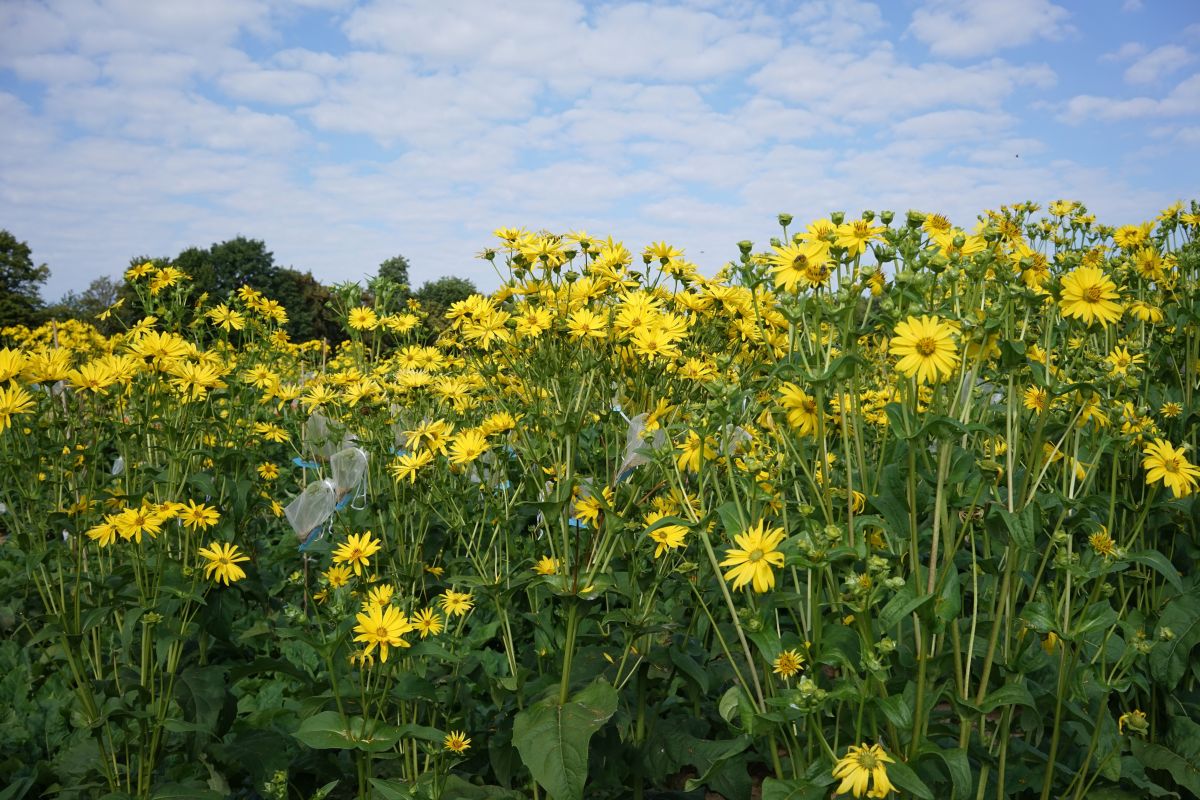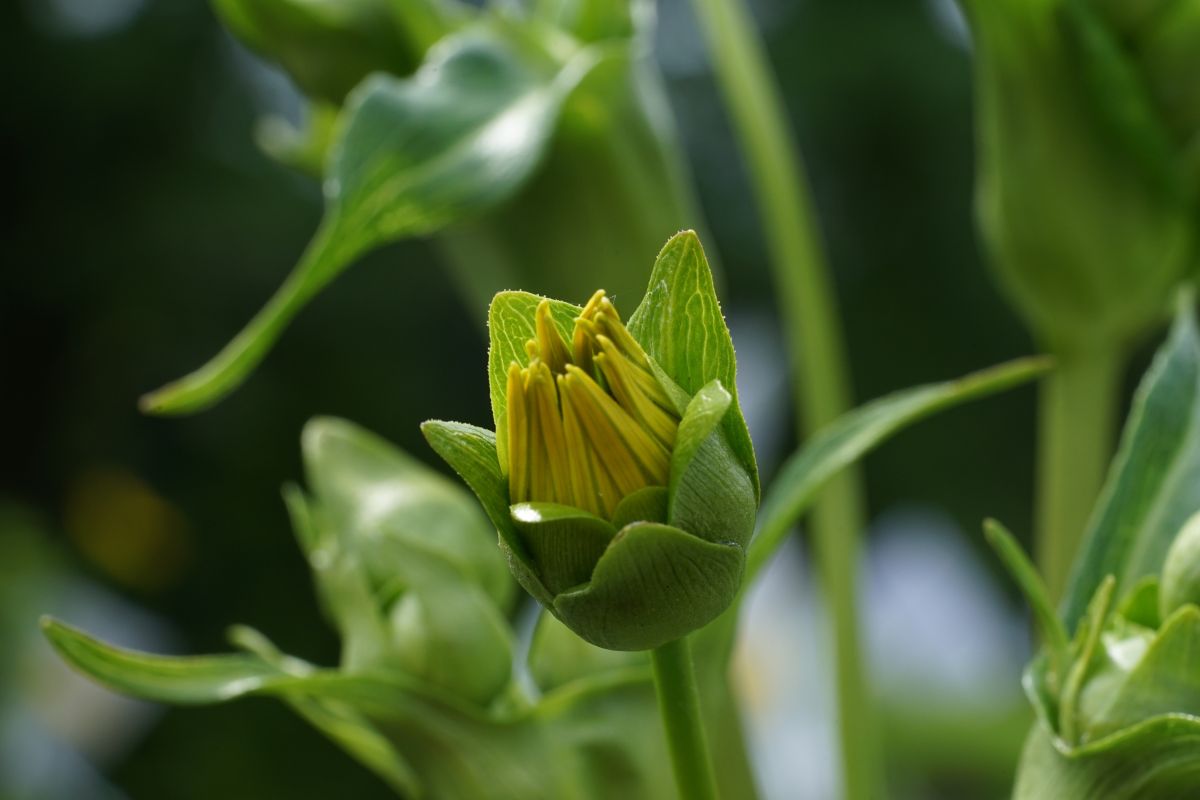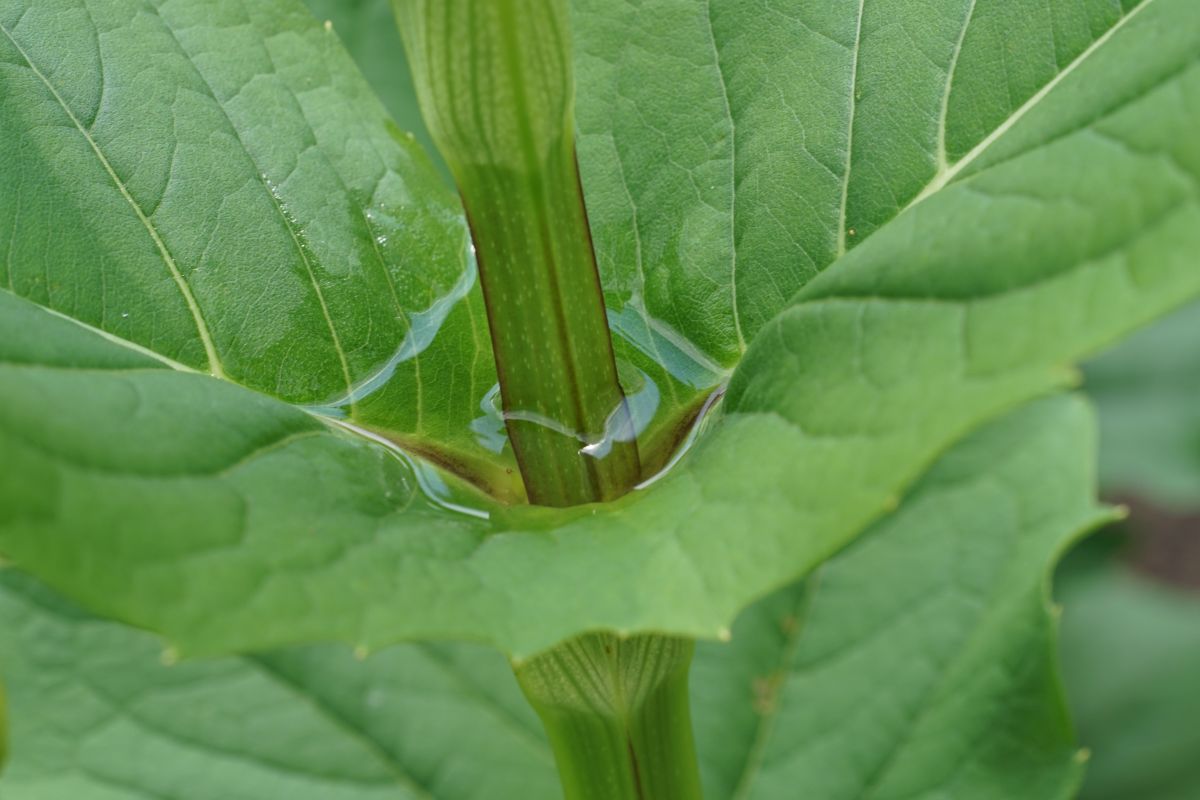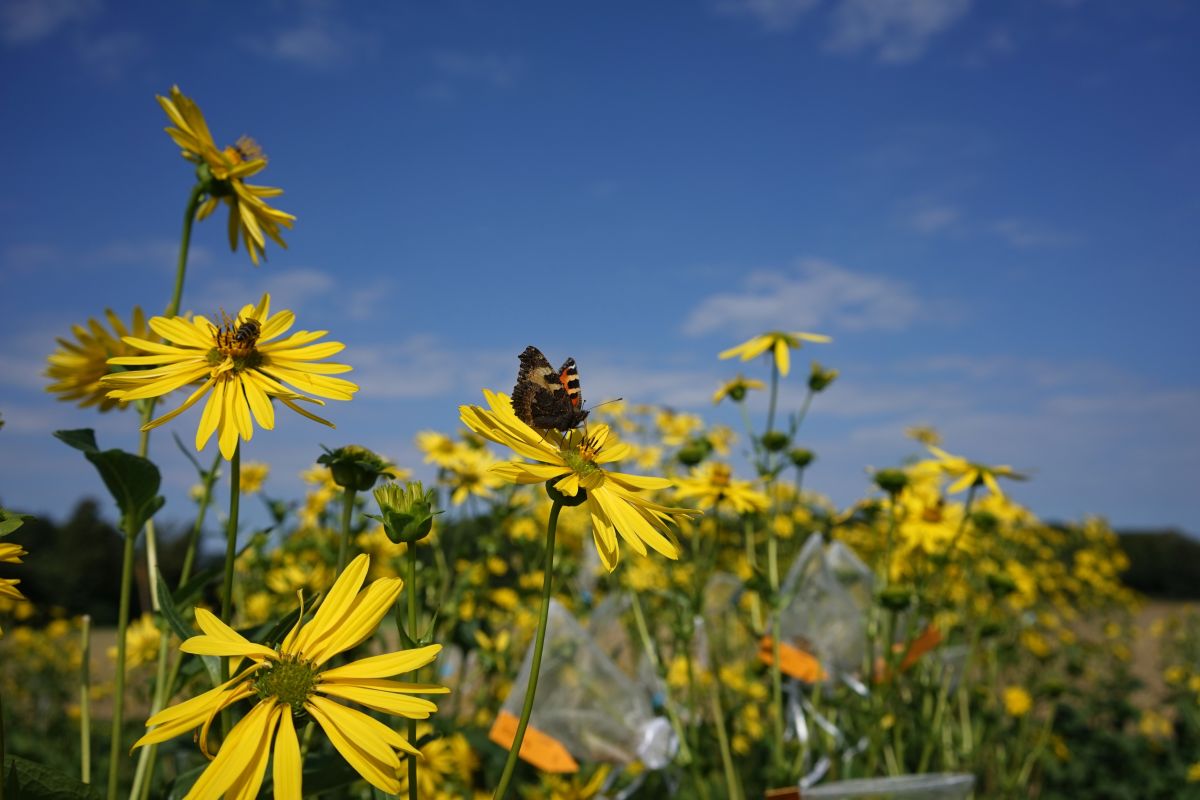
On 1st September 2017, a BioSC Spotlight on the subject „Alternative Nutzungspfade der Durchwachsenen Silphie (Alternative utilisation paths of the streaky Silphie)“ takes place in the Forum of Campus Klein-Altendorf of the University of Bonn. The event will be held in German.
With this event, we would like to make a contribution to the bioeconomical strategy of North Rhine-Westphalia, by showing how the low-input plant Silphie can be improved for manufacturing of high-quality products. Up to now, Silphie has mainly been seen as maize substitute for biogas production. In addition there were considerable establishment difficulties, because of very elaborate planting procedures which can now be very much simplified, by a new-established seeding technique.
In North Rhine-Westphalia numerous facilities deal with different aspects, e.g. alternative utilisation paths, which will be introduced to the practitioners as well as companies and research facilities. Special insights will also be given by a guided tour showing field experiments.
Date: 01. September 2017
Venue: Forum at Campus Klein-Altendorf, University of Bonn (Campus Nord, Campus Klein-Altendorf 1, 53359 Rheinbach)
Deadline: 25.08.2017
Registration is open! You can register here.




Preliminary programme:
BioSC Spotlight - Alternative Nutzungspfade der Durchwachsenen Silphie |
||
| 09:45 | Arrival | |
| 10:00 | Welcome | Prof. Dr. Peter Westhoff, Prorektor für Forschung und Transfer HHU Düsseldorf, BioSC |
| 10:15 | Keynote: Silphium - der Mais der Zukunft? | Prof. Dr. Peter Westhoff, Prorektor für Forschung und Transfer HHU Düsseldorf, BioSC |
I. |
Session 1: Anbauoptimierung
Chair: tba |
|
| 10:30 | Sägerätentwicklung | Andreas Schäfer, Institut für Landtechnik, Universität Bonn |
| 10:50 | Keimverhalten und Jungpflanzenentwicklung |
DDI Dr. Markus Gansberger, Österreichische Agentur für Gesundheit und Ernährungssicherheit, Wien |
|
11:10 |
Erfolgreiche Etablierung durch Aussaat | Johannes Köhler, Thüringer Landesanstalt für Landwirtschaft |
|
11:30 |
Donau-Silphie: Mit dem Praktiker zum Erfolg | Ralf Brodmann, Metzler & Brodman KG, Donau Silphie |
| 11:50 | Guided tour to the field trials at Campus Klein-Altendorf | |
| 12:45 | Lunch |
|
II. |
Session 2: Ökologische Bedeutung
Chair: tba |
|
| 13:50 | tba | tba |
| 14:10 | Die Durchwachsende Silphie als alternative Trachtpflanze für die Honigbiene Apis mellifera (L.) und andere Blütenbesucher | Dr. Andrée Hamm, Agrar- und Produktionsökonomie, Universität Bonn |
III. |
Session 3: Bioraffinerie-Konzepte
Chair: tba |
|
| 14:30 | tba | Martin Schmid, Michael Dickeduisberg, Landwirtschaftskammer NRW |
| 14:50 | Advanced Pulping of Perennial Plants – Ein Vergleich verschiedener Biomassen mehrjähriger Pflanzen für eine vollständige Verwertung in einer Bioraffinerie | Dr. Holger Klose, RWTH Aachen, BioSC |
|
15:10 |
Coffee break |
|
IV. |
Session 4: SPREAD - Silphium Perfoliatum – Ressourcenbewertung und Entwicklung (BioSC)
Chair: tba |
|
| 15:40 | Genetische Diversität | Dr. Elena Pestsova & Dr. Christian Wever, HHU Düsseldorf, BioSC |
| 16:10 | Chemische Analyse der Gattung Silphium hinsichtlich einer Nutzung in Bioraffinerieprozessen | Anne Lunze, RWTH Aachen, BioSC |
| 16:30 | S.perfoliatum als Rohstoff für die Leichtbeton- und Papierherstellung | Martin Höller, Universität Bonn, BioSC |
| 16:50 | Closing remarks | tba |
| 17:00 | Get-together with snacks and drinks | |